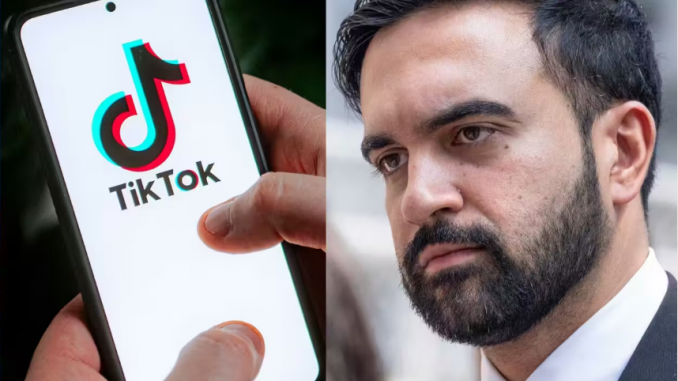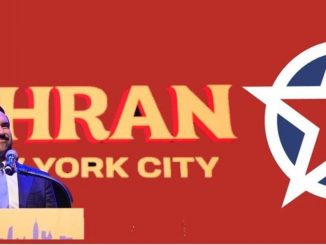
Photo (left): Mateusz Slodkowski/SOPA Images/LightRocket via Getty Images; Photo (right): Lev Radin/Pacific Press/LightRocket via Getty Images
Published October 26, 2025
Recent research suggests that TikTok’s algorithm may be amplifying content supporting New York City mayoral candidate Zohran Mamdani while suppressing content in favor of his opponent, Andrew Cuomo. The analysis, led by Yehonatan Dodeles of Spring AI, examined millions of videos and found that pro-Mamdani or anti-Cuomo content received significantly higher exposure than pro-Cuomo content—a phenomenon described as “algorithmic steering.”
TikTok has denied the allegations, calling the study “baseless” and politically motivated, and claiming the research does not meet journalistic standards.
The findings raise broader concerns about algorithmic influence on political discourse, the potential shaping of voter perceptions, and the role social media platforms play in elections. As the NYC mayoral race continues, scrutiny of TikTok’s algorithm is likely to intensify.
Our new research suggests TikTok’s algorithm systematically boosts pro-Mamdani and anti-Cuomo content in NYC’s mayoral race.
This analysis was done by Spring AI. the company uncovers the hidden mechanics of social media algorithms to defend democracies from weaponized AI.
— Yehonatan Dodeles (@YADodeles) October 21, 2025

NYC Mayoral Race: Mamdani vs. Cuomo – Who’s Winning the Digital Spotlight? Mamdani on Left and Coumo on Right.
 Implications of TikTok’s alleged algorithmic bias favoring Zohran Mamdani over Andrew Cuomo:
Implications of TikTok’s alleged algorithmic bias favoring Zohran Mamdani over Andrew Cuomo:
1. Influence on Voter Perception
-
Algorithmic amplification of pro-Mamdani content could shape what voters see, potentially skewing opinions.
-
Suppression of pro-Cuomo content may limit exposure to alternative viewpoints, reducing balanced information for voters.
2. Erosion of Fair Political Competition
-
Unequal visibility of candidates on social platforms can create an uneven playing field, giving one candidate a digital advantage.
3. Algorithmic Bias Awareness
-
Highlights the growing role of AI and recommendation systems in shaping public discourse.
-
Raises questions about transparency and accountability in content moderation and recommendation algorithms.
4. Potential Regulatory Scrutiny
-
Could prompt lawmakers and election authorities to investigate social media platforms for political bias.
-
May fuel discussions on requiring disclosure of algorithmic impact on political content.
5. Broader Social Implications
-
Demonstrates how social media platforms can influence democratic processes.
-
Sparks debate on the ethical responsibility of tech companies in elections.
 Overall Takeaway:
Overall Takeaway:
The allegations of TikTok algorithmic bias in favor of Zohran Mamdani raise serious questions about the fairness of our digital public square. When a social media platform—especially one owned by a foreign company with opaque governance—appears to amplify one political viewpoint while suppressing another, it undermines the democratic process. Voters rely on social media for information, and when algorithms steer political content rather than reflect genuine public interest, it risks shaping elections in ways that are neither transparent nor accountable.
This is not just a question of Mamdani versus Cuomo; it is a warning about the power tech platforms wield over public discourse. Lawmakers and regulators should scrutinize platforms like TikTok to ensure that all candidates receive equal opportunity for exposure, that algorithmic decision-making is transparent, and that foreign influence does not compromise the integrity of U.S. elections. At stake is nothing less than the preservation of a fair and competitive political system, where citizens are free to make informed choices rather than being nudged by unseen algorithms.
SOURCES: REDSTATE – TikTok Algorithm Now Reportedly Tipping Scale for Far-Left Zohran Mamdani
THE NATIONAL PULSE – Researchers Find TikTok Algorithm Favors Pro-Mamdani Content.
THE BLAZE – TikTok denies boosting pro-Mamdani content while undermining Cuomo’s campaign
THE POST MILLENIAL – TikTok boosts Mamdani videos, suppresses Cuomo content: study





Be the first to comment